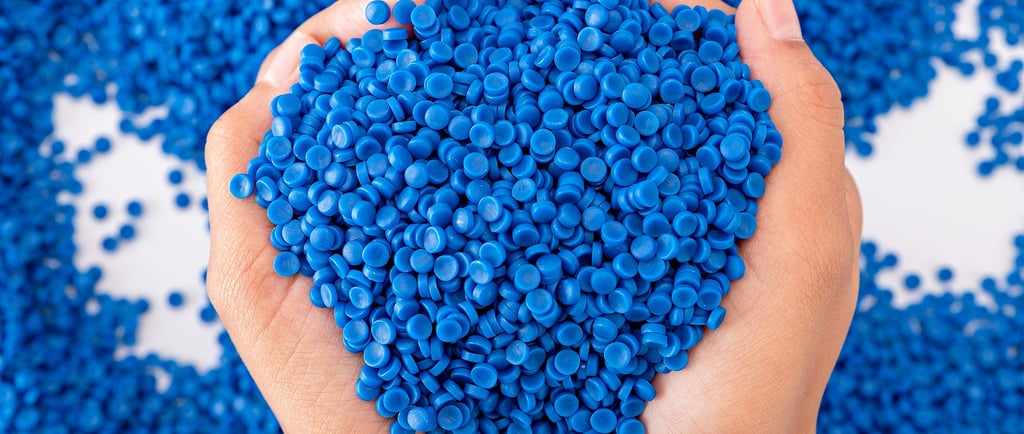Calcium and Zinc Stabilizers vs Lead Salt Stabilizers: Why Environmental Regulations Are Driving the Global Transformation?
The global shift from lead salt stabilizers to calcium and zinc stabilizers in industries like PVC manufacturing is driven by stringent environmental regulations aimed at reducing toxic emissions and protecting public health. Lead-based stabilizers, while effective and cost-efficient, pose significant risks due to their toxicity, leading to soil and water contamination and health hazards. In contrast, calcium and zinc stabilizers offer safer, eco-friendly alternatives with comparable performance, aligning with regulations like the EU’s REACH and RoHS directives. This transformation reflects a broader commitment to sustainability, as industries adapt to meet regulatory demands and growing consumer preference for non-toxic materials.
4/13/20251 min read


The transition from lead salt stabilizers to calcium and zinc stabilizers in industries such as PVC production is propelled by tightening environmental regulations worldwide, prioritizing ecological and human safety. Lead stabilizers, though historically favored for their stability and low cost, are highly toxic, contributing to environmental pollution and health risks like neurological damage. Calcium and zinc stabilizers, being non-toxic and biodegradable, provide a sustainable alternative without compromising performance. Regulatory frameworks, including the EU’s REACH, RoHS, and similar policies globally, are phasing out hazardous substances, driving industries to adopt these greener options to comply with legal standards and meet rising demand for environmentally responsible products.
Quality
Innovative PVC solutions for diverse applications.
Safety
Sustainability
Email:koni@pvcjsx.com
Tel/wechat:+86 13829175085
whatsapp:+86 13829175085
tiktok:@pvcstabilizer
Dongguan Shuangyou Xinchuang Technology Co., Ltd.
Room 101, Building 6, Shengshi Haoting, No. 100,
Humen Renmin Road, Humen Town, Dongguan Ci
ty, Guangdong Province
© 2025. All rights reserved.
